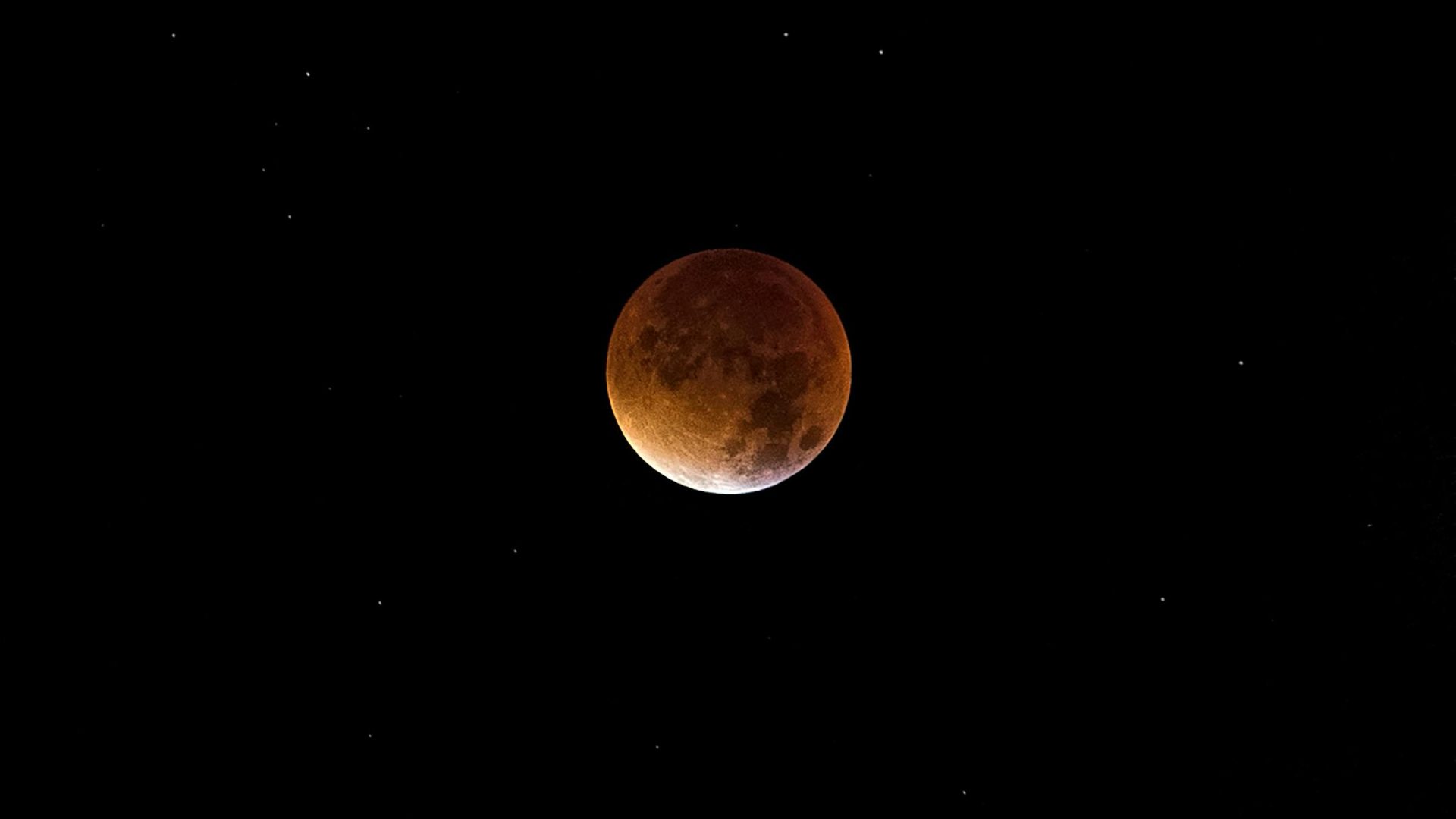UFOs: An Open Letter to SETI Professionals
By Stanton T. Friedman, May 2002
In recent years, the radio telescope-based Search for Extraterrestrial Intelligence (SETI) programs have gained considerable support from major media outlets and many within the scientific community, largely thanks to their dynamic proponents. However, this enthusiasm persists despite a glaring absence of concrete evidence for such initiatives. Understandably, this has led many to dismiss the concept of alien encounters (UFOs) as mere tabloid fiction, even though there exists a wealth of evidence surpassing that available for SETI. Ideally, I would hope that these advocates would broaden their focus to consider the Search for Extraterrestrial Visitors (SETV). I hereby invite SETI experts, the scientific community, and the media to acknowledge the substantial evidence and implications of extraterrestrial visits, while also addressing the significant shortcomings of SETI-related assertions. I have publicly and privately welcomed debates on this topic, but thus far, no one has taken me up on the offer.
Here are my challenges for SETI professionals:
1. Why do SETI proponents assert how much energy interstellar travel requires without possessing the necessary engineering knowledge?
The energy needed for interstellar journeys is contingent on numerous variables and can’t be easily inferred from basic physics. Many assumptions made by academic astronomers over the years have led to absurd conclusions about space travel. For instance, limiting a voyage to a 1G acceleration or neglecting the benefits of gravitational assists, as used by all our deep space missions like Voyager or Galileo, leads to misguided estimates. Historical examples, like Dr. John Campbell’s 1941 calculations for a manned Moon mission, reveal that his predictions were off by a staggering factor of 300 million, illustrating the dangers of improper assumptions.
2. Why do SETI specialists consider radio waves as the pinnacle of long-distance communication, given that this technology is relatively new?
Just 37 light-years away, two Sun-like stars, Zeta 1 and Zeta 2 Reticuli, exist that could potentially house civilizations with communication technologies we cannot yet comprehend. As the field of Optical SETI emerges, one must ponder what new forms of communication may arise over the next century.
3. On what basis do SETI specialists make claims about alien behavior when they lack training in human, let alone extraterrestrial, psychology?
The assumption that an advanced civilization would willingly share cosmic secrets with humanity—often steeped in conflict—poses serious questions. Earth’s history showcases humanity’s grim tendencies, raising doubts about how an extraterrestrial society would perceive us.
4. Why is there a tendency to deride the concept of UFO phenomena without recognizing extensive scientific research in the field?
SETI specialists frequently overlook numerous significant studies and scientific investigations into UFOs, often reducing them to tabloid rumors. However, there have been comprehensive studies, including the renowned Project Blue Book, which found a notable percentage of unidentified cases worthy of further exploration.
5. Why do SETI experts ignore the strong national security implications surrounding UFO sightings and reports of advanced technology?
The potential for extraterrestrial technology to alter security dynamics on Earth cannot be dismissed. The secrecy surrounding government investigations into UFOs hints at significant operational concerns, which are often overlooked by those focusing solely on radio astronomy.
6. Why don’t SETI specialists take the best UFO data seriously when it contradicts their assumptions?
Relying on outdated or flawed assumptions about extraterrestrial life limits their understanding. While they claim the likelihood of intelligent life spreads across the cosmos, they simultaneously dismiss substantial UFO evidence—such as the 21.5% of unidentified cases recorded in Project Blue Book.
7. Why assume aliens wouldn’t know about a technological civilization on Earth until they detected our radio signals?
Given our developing observational technologies, other civilizations could have been aware of Earth long before we sent out our first signals.
**8. Why is it

Stanton T. Friedman’s article, “UFOs: Challenge to SETI Specialists,” raises several provocative points about the bias in the scientific approach to searching for extraterrestrial life. Through his arguments, Friedman challenges the validity of the assumptions made by SETI (Search for Extraterrestrial Intelligence) specialists and emphasizes the need for a broader understanding of the UFO phenomenon.
His primary contention is that SETI specialists often ignore substantial evidence supporting the possibility of extraterrestrial visitations while adhering strictly to their radio-based criteria. Friedman’s challenges focus on a variety of issues, such as the limitations of currently accepted scientific paradigms regarding interstellar travel, communication methods, and the behavior of hypothetical extraterrestrial beings. He questions the underlying assumptions made in the study of the universe, emphasizing a lack of imagination in considering advanced civilizations and their potential technologies.
Friedman also highlights the historical tendency of established scientists to dismiss unconventional ideas without sufficient investigation. This, he argues, has led to a kind of dogmatism in which valid evidence for UFO phenomena is either disregarded or mischaracterized. He presents a series of inquiries into why prevalent scientific thought fails to incorporate or examine the UFO evidence that exists, suggesting that there is a significant gap in understanding and a missed opportunity for more inclusive exploration of cosmic phenomena.
It’s important to acknowledge that Friedman’s arguments emerge from a specific historical context, primarily the early 2000s, when interest in ufology and skepticism toward it were highly polarized. While his critiques have merit regarding the need for open-mindedness and comprehensive investigation in science, the vigorous debates within the scientific community about the search for extraterrestrial life have evolved since. Thus, while advocating for recognition of UFO data, it’s also crucial to approach such discussions with rigor, evidence, and a willingness to reassess claims based on new information and advances in technology.
In summary, Friedman’s call for SETI specialists to engage with UFO evidence and reconsider their approaches reflects a broader critique of scientific inquiry that values openness and exploration over dogma. This conversation is vital in expanding our understanding of potential extraterrestrial life, while also acknowledging the complexity and nuance that has emerged in this field since the article’s publication.